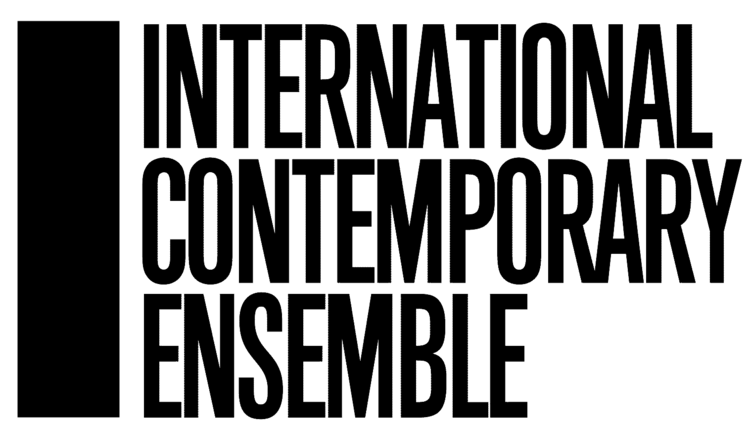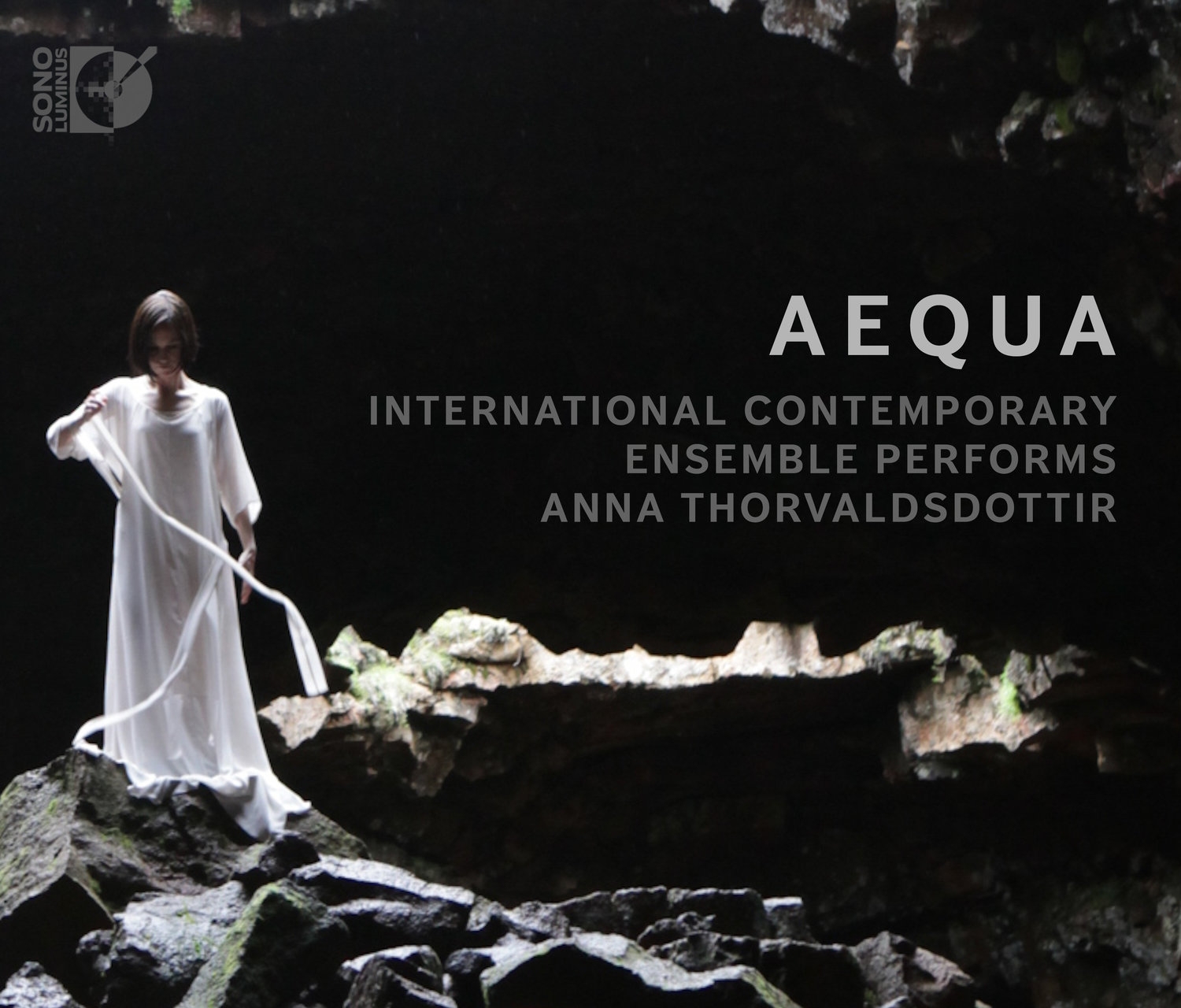Anna Thorvaldsdottir interviewed by Jacob Greenberg
I caught up with Anna Thorvaldsdottir in advance of her imminent CD release on the Sono Luminus label with ICE: Aequa, which will hit the shelves today! ICE is extremely proud of this disc, which represents our continued collaboration with Anna after our first recording project and commission, In the Light of Air, which we have performed at important venues on both coasts. (You can hear a preview of Illumine for string ensemble, brought to you by I Care If You Listen.)
ICE first performed your piece Aequilibria at Merkin Hall in New York, for the 2017 Mostly Mozart Festival. Merkin Hall is a wonderfully resonant chamber music hall, one of the best in the city. Aequilibria then became a centerpiece of our collaboration with Nokia Bell Labs, where we experimented with placing the musicians in an anechoic chamber—no resonance at all!—with the pianist Cory Smythe in an adjoining antechamber. The Nokia Bell Labs spatial audio facility offers the listener a dynamic aural perspective on the ensemble, which shifts as the listener moves within the speakers’ stereo field. The following week, ICE recorded the work in a traditional recording studio, Oktaven Audio, with others of your compositions, for the forthcoming CD on Sono Luminus. How has the working process in all three places affected your view of the piece? Have your priorities for interpretation changed, or has your fundamental sense of what the piece is about?
Aequilibria, like so many of my works, was written with the sense of connecting and interacting textures, layers and sounds into a unified whole. I always find it very interesting to explore dimensions in the music by guiding the focus in certain aspects, and I always spend a lot of time thinking about this when writing music. As a composer I am always very concerned with and preoccupied by structures and how to weave the various threads within the music together. Within a journey of a piece I often like to move between the micro and macro, by zooming in and out of layers in the music to draw the listener’s attention to a certain moment or moments. This is something I do naturally and intuitively, and weaving together layers, textures and sounds is fundamentally what I do when I write each piece. I do not use instruments when I write music, but rather listen internally and hear the layers come together in my mind and write that out, and I spend an endless amount of time on constructing the whole from all the layers and textures I hear in the music.
The external exploration, like the one that we have been working on with Aequilibria in the Nokia Bell Labs project, has primarily been geared towards the listener’s experience and to show the threads that together form a piece, to give a glimpse into how the music is constructed. It can be a very interesting tool to have the possibility to follow each layer in the music, as it moves in and out of focus, so as to give the listener the possibility to explore certain elements of the music more closely. Aequilibria works very well for this sort of exploration where you can follow a single texture or layer in the piece or move between different layers by observing them up close. We are still working on ways to project this, which I find very exciting, and we have various ideas about how to continue this exploration.
Besides being a document of your work with individuals and ensembles, how are your recordings important to you? Technology is an important component of your composing, and your ears are trained to make the best live electronic sounds in performance. Does that knowledge influence how you produce your own recordings, or how you experience them more generally?
Recordings are a very special way to capture music and to have a reference point for pieces, so it is always really precious to have the opportunity to go into the studio to work on recordings with performers that know my music so well. I very much like the fact that you can get a really good realisation of a work when you go into a studio, and it is a precious way to showcase a piece. A live performance is precious in a different way, where you have the moment and no two performances will ever be exactly the same, but recordings are special as well and are of course a really instrumental tool to share music, which is really important.
I would actually not say that technology is an important component of my composing, as I primarily write acoustic music and do so primarily by hand with a pencil and a paper, but technology is of course very important at the end stages in the compositional process and after the music has been written. As far as I am consciously aware, recordings do not change the way that I experience my own music, nor have an effect on how I write my music. It is perhaps true that some sounds are better suited for recordings, and in particular sounds that are very subtle, but when I write my music I am mostly thinking about how sounds project in a live performance setting. But apart from that, there is actually an interesting point, from the perspective of a performer, that within each setting a readjustment of dynamics and attention to the materials is indeed needed for a performance of any piece of music. It is very different to play music in a very large hall than it is to play for an audience in a small and intimate space—the performed dynamic level cannot be the same in these different situations, but the proportions and relationships between the level of dynamics needs to be the same. And then again, it is very different to play for microphones that are placed right up close to your instrument in a recording studio. So what I do, as a composer, is to write the music out in a very detailed way, so that the performers who play the music can know the intended effect each time, and can work their performative magic for each situation.
You can purchase the album using Amazon Smile, which will allow you to support the International Contemporary Ensemble when you buy!


